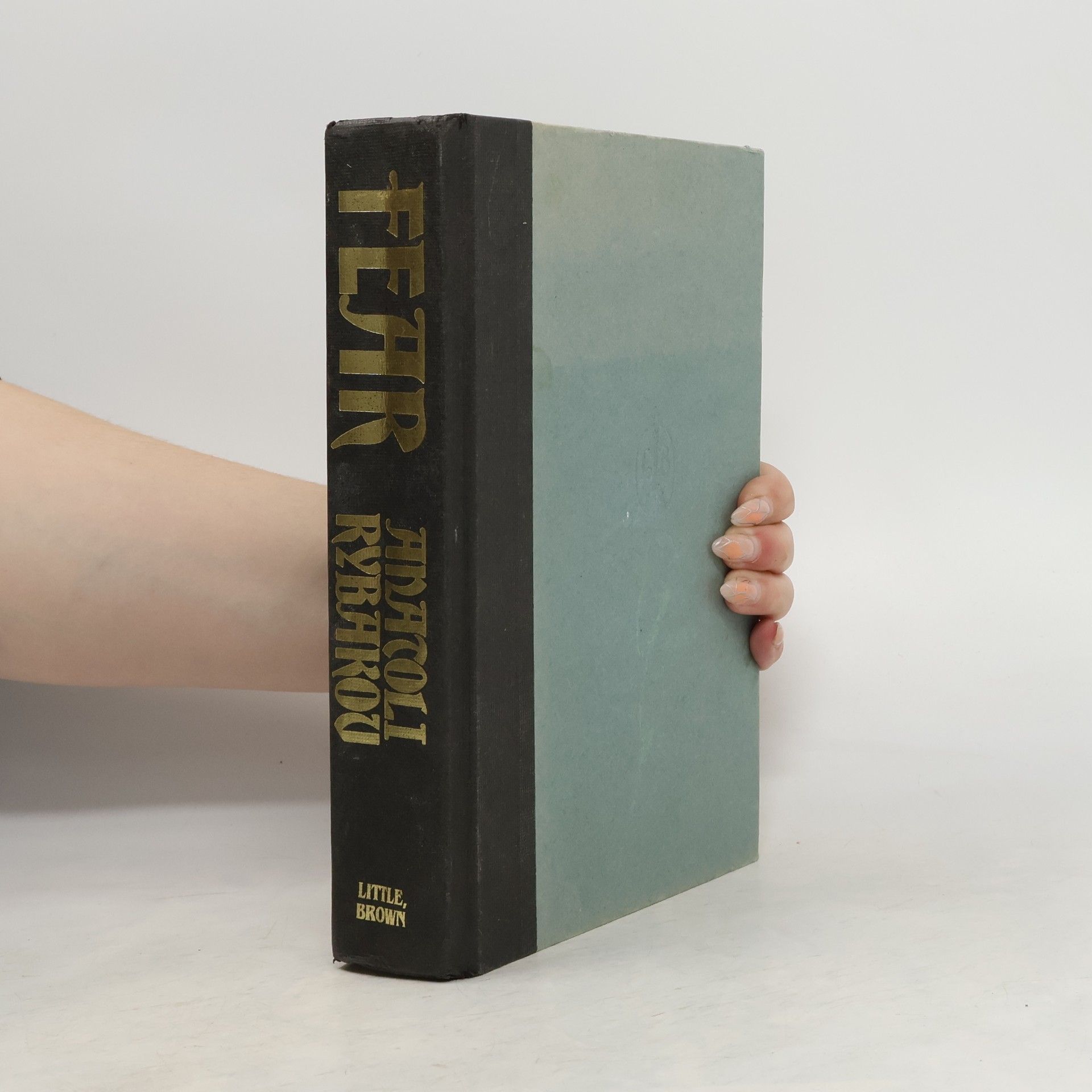How did Andrei Sakharov, a theoretical physicist and the acknowledged father of the Soviet hydrogen bomb, become a human rights activist and the first Russian to win the Nobel Peace Prize? In his later years, Sakharov noted in his diary that he was "simply a man with an unusual fate." To understand this deceptively straightforward statement by an extraordinary man, The World of Andrei Sakharov , the first authoritative study of Andrei Sakharov as a scientist as well as a public figure, relies on previously inaccessible documents, recently declassified archives, and personal accounts by Sakharov's friends and colleagues to examine the real context of Sakharov's life.In the course of doing so, Gennady Gorelik answers a fascinating question, whether the Soviet hydrogen bomb was really fathered by Sakharov, or whether it was based on stolen American secrets. Gorelik concludes that while espionage did initiate the Soviet effort, the Russian hydrogen bomb was invented independently. Gorelik also elucidates the reasons that brought about the seemingly sudden transformation of the top-secret physicist into a public figure in 1968, when Sakharov's famous essay "Progress, Peaceful Coexistence, and Intellectual Freedom" was distributed in samizdat in the USSR and smuggled out to the West. Recently declassified documents show that Sakharov's metamorphosis was caused by professional concerns, particularly regarding the development of an anti-ballistic missile defense. An insider's view of how the upper echelons of the Soviet regime functioned had led Sakharov to the conclusion that the goals of peace, progress, and human rights were inextricably linked. Hisfree thinking and free feeling were manifested in his hope that scientific thought and religious perception would find a profound synthesis in the future.
Antonina W. Bouis Livres



Вторая книга трилогии не случайно названа "Страх". Это, наверное, самая драматичная часть трилогии "Дети Арбата". По признанию Анатолия Рыбакова, в "Страхе" "использован ряд приведенных в письмах сведений, эпизодов, а иногда и судеб". Действие книги происходит в 1935 - 1937 годах. После убийства Кирова в Ленинграде власть очищает страну от сомнительных, неблагонадежных элементов и врагов народа. В январе 1935 года выходит "Постановление о терроре". Теперь следствие длится не более десяти дней, дела могут слушаться без участия сторон, смертельный приговор приводится в исполнение сразу после оглашения. Дело об "очистке" поставлено на конвейер. Страну охватывает ужас. Страх докатывается и до деревни Мозгова, где отбывает ссылку Панкратов. Тем не менее, жизнь в Москве продолжается: Варя заботится о Софье Александровне, матери Панкратова, рабочие строят метро, чиновники рапортуют Сталину о победах, летчики совершают перелет через Северный полюс в Америку, полярники "Челюскина" дрейфуют на льдине. Наступает 1937 год - апофеоз Страха. Люди отдаляются друг от друга и замыкаются в себе, рушатся человеческие судьбы. Страх делает людей палачами. Неизмеримая, нескончаемая цепь страха: от Сталина - вниз, к людям, находящимся у подножия власти. Саша Панкратов на несколько коротких часов нелегально попадает в столицу, а затем, следуя совету матери и разминувшись с Варей, уезжает в Калинин, постоянно ощущая за спиной дыхание чудовищной машины уничтожения.
Dust and Ashes
- 473pages
- 17 heures de lecture
The epic sequel to the best-selling Children of the Arbat follows the experiences of a Soviet tank commander in World War II as he fights his way from Siberia to Stalingrad and onward to Berlin.